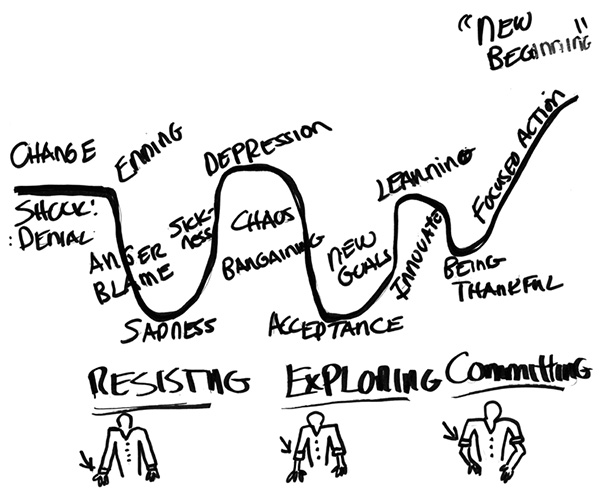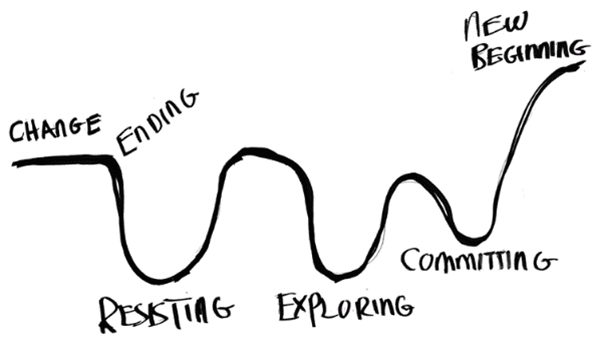Roll Up Your Sleeves – Living & Leading in a World of Constant Change, Part ?
Observation Unnumbered : A Little Slack
Have you found yourself making more mistakes over the last few days? Have you over-committed on some projects – feeling that you can get more done since you’re not having to drive and show up at work all day every day? Have you found yourself pushing others, and yourself, to do more and setting unrealistic expectations? Are you realizing that you are sometimes not being so kind to them, or to yourself, when those ever expanding, often shorter, timeline expectations don’t get done perfectly?
I have.
Did you read yesterday’s observation # 6, or tried to read it and gave up because of the multiple errors and instead clicked off the screen halfway through?
I did.
Since I have written this book about leading and living in a world of constant change, plus consulting about it with clients and writing this 10-part series about how to get through a transition, you might think I would have mastered the skills of managing my emotions, been tuned in to the impact of change on me personally and learned not to overload myself.
I have not.
So, I’m going to swallow my authorship pride and to take my own counsel. I will now be kind to myself and speak truth to me. That being said, I have adjusted my commitment to producing 10 articles, 10 days in a row – which was insane. I’m using the rest of this week to take a breath, catch up and explore a new way to get set up to do things better.
Next Monday, April 6, I will produce a rewrite of number observation #6, and you will see one more each day with the final #10 observation article on Friday April 10.
I feel better now.
Thanks for listening and cutting me a little slack.
Journal entry: Do you need to cut yourself, your staff or your family a little slack as we all together stumble along this pathway of transition in leadership and life?
“Pride goes before destruction, and a haughty spirit before a fall.” Proverbs 16:18, The Bible
“Take a deep breath, pick yourself up, dust yourself off, and start all over again.” – Frank Sinatra








